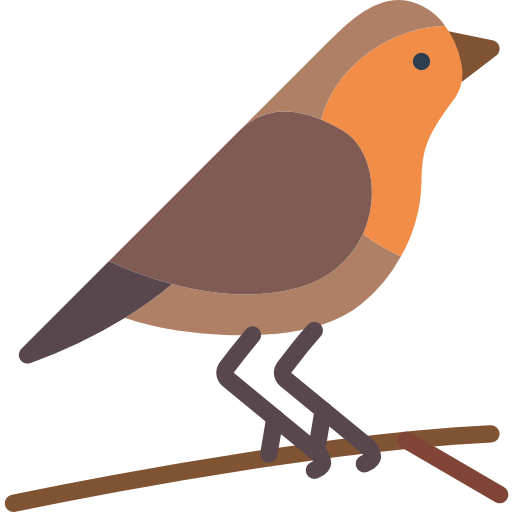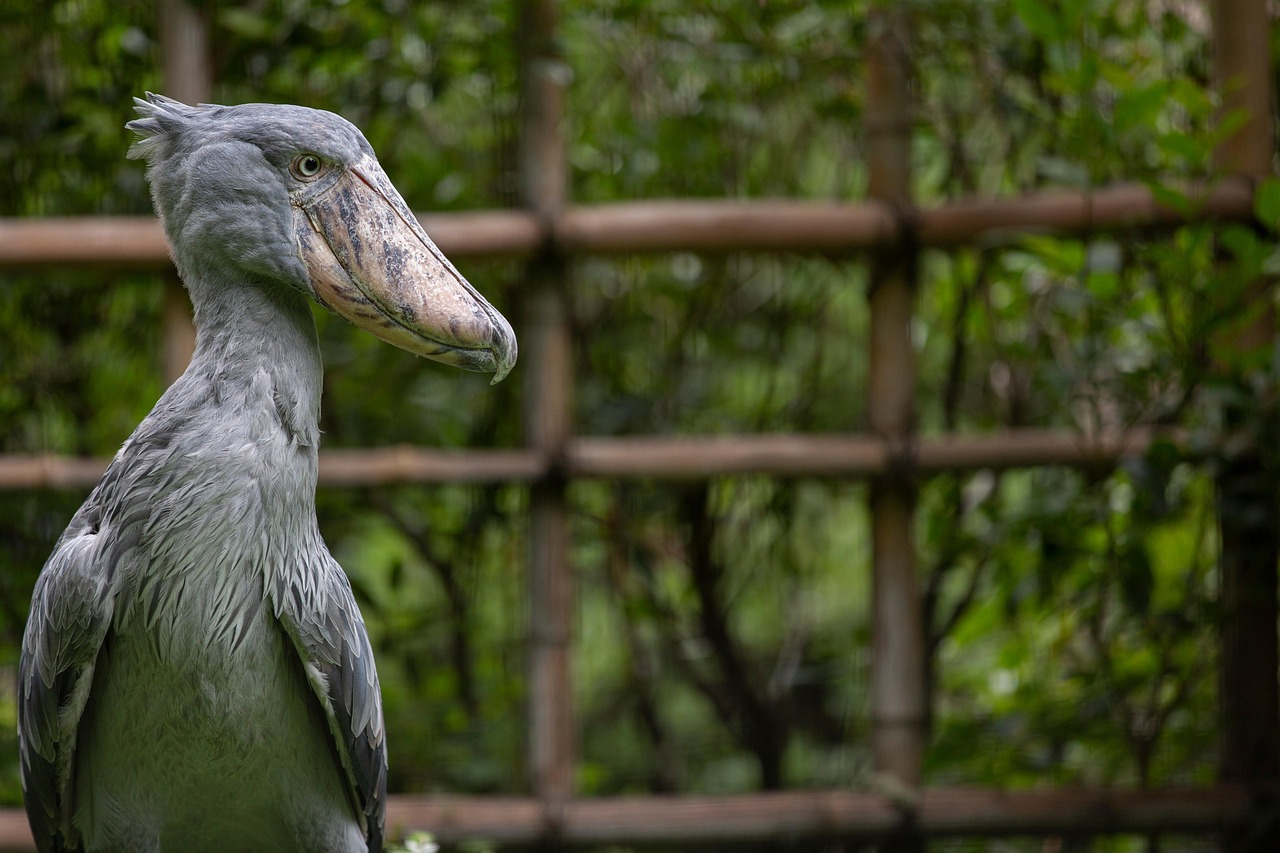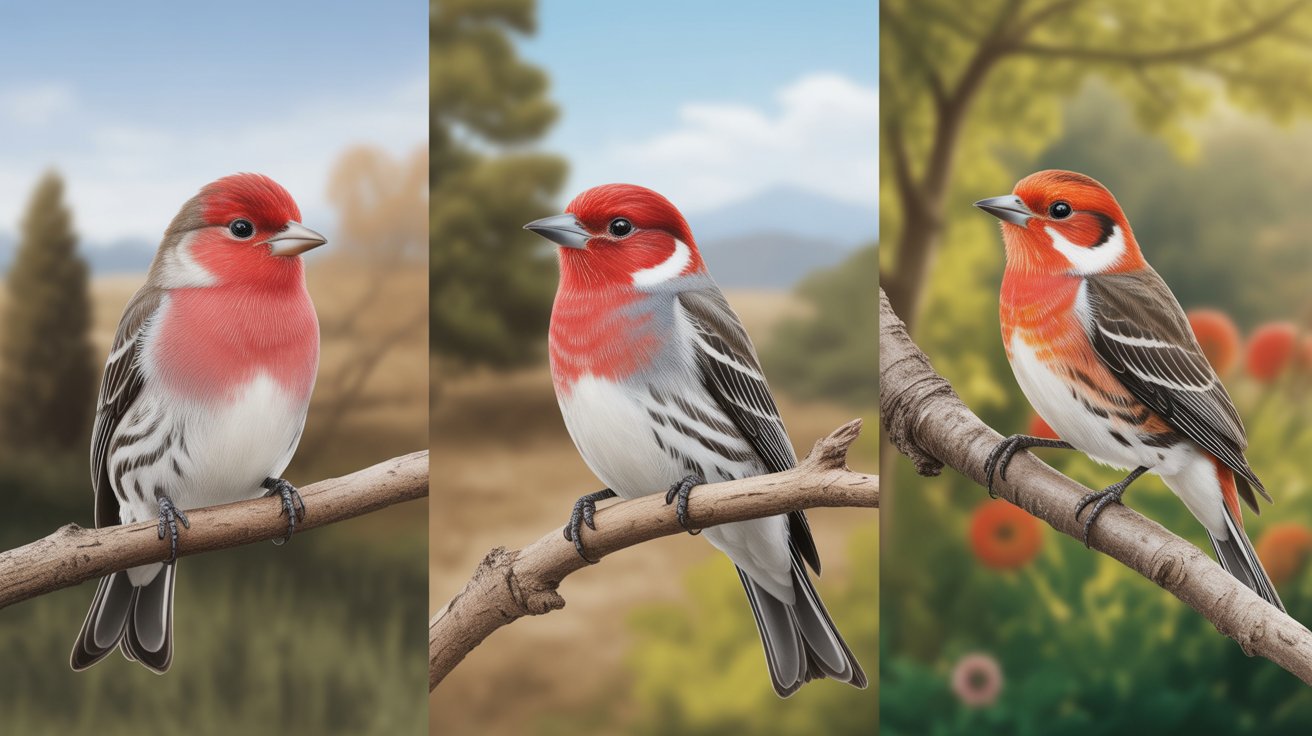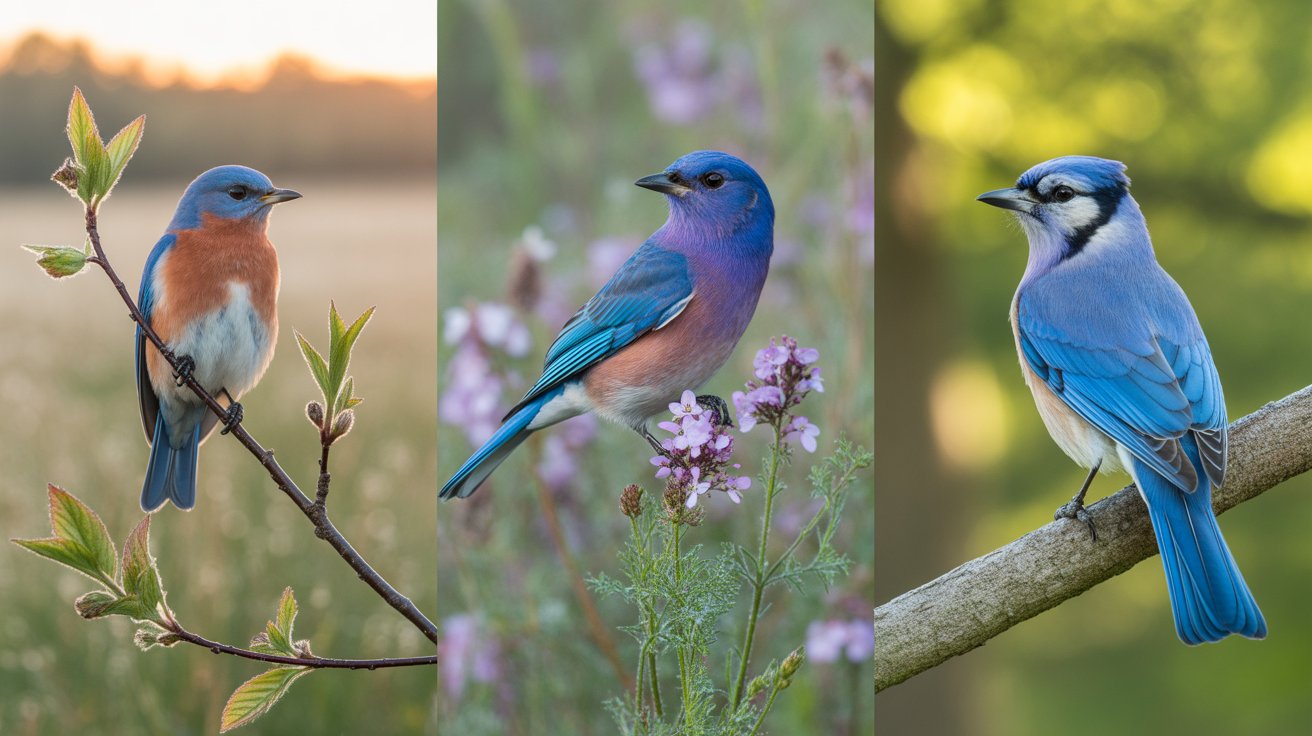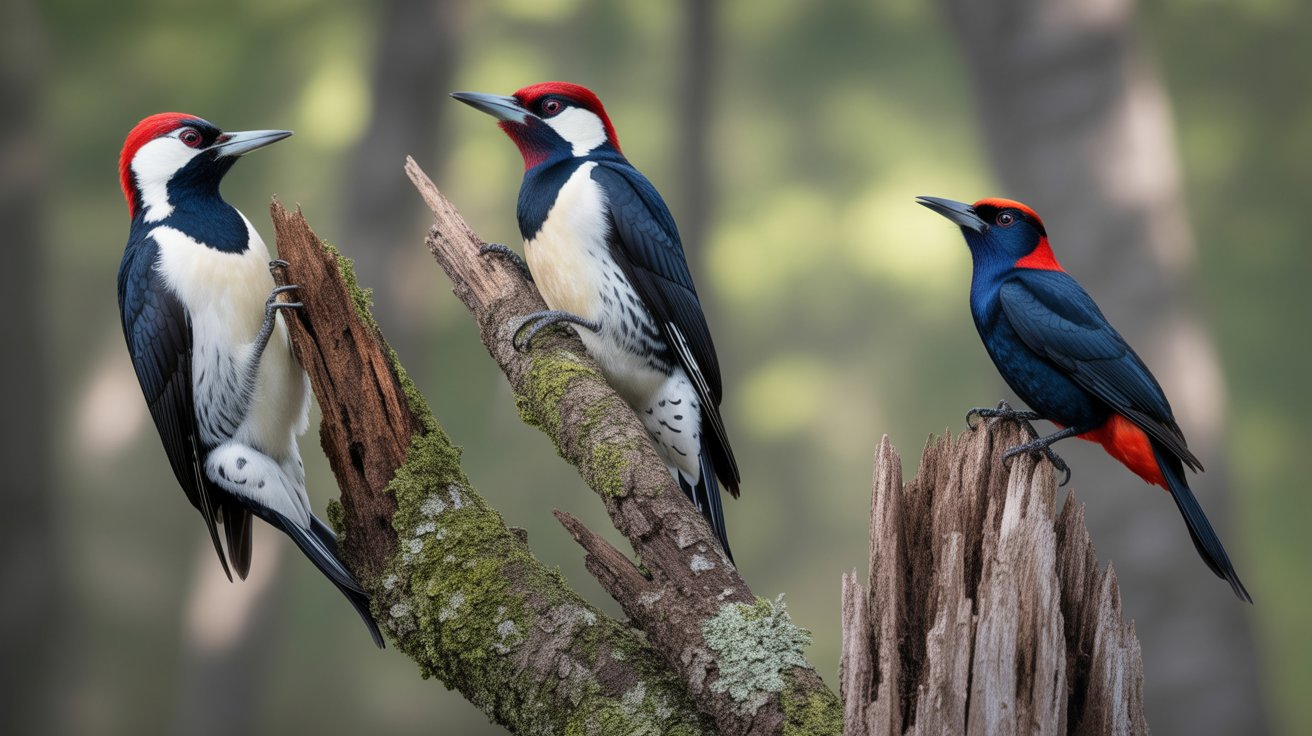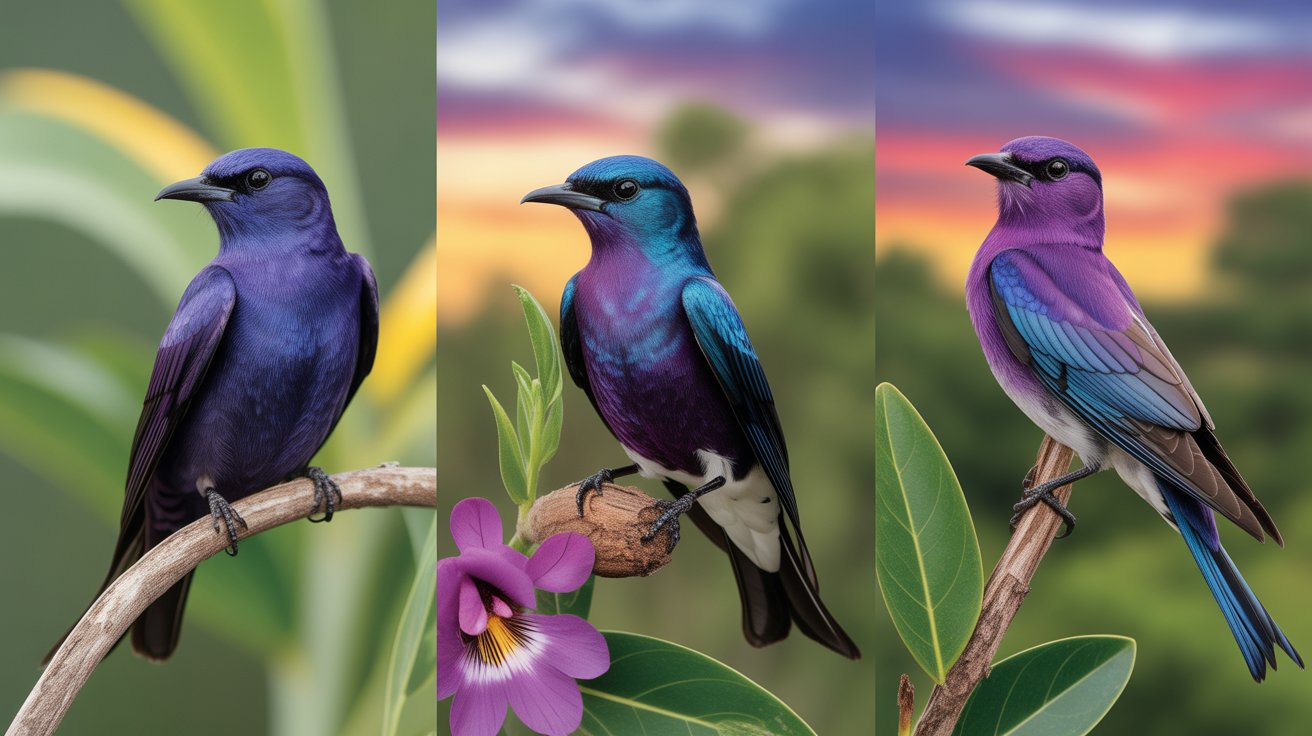Have you ever come across a bird that looks like it stepped right out of the age of dinosaurs? If not, then let us introduce you to the Shoebill Stork. This incredible bird stands tall and proud with a beak so large and unique, it’s often compared to a wooden clog or even a shoe—hence the name “Shoebill.”
You’ll find the Shoebill quietly lurking in the swampy wetlands of central and eastern Africa. With its piercing stare, slow movements, and stealthy hunting style, this bird is both intimidating and captivating. If you’re a bird lover or just someone curious about nature’s strangest creatures, the Shoebill will absolutely capture your attention.
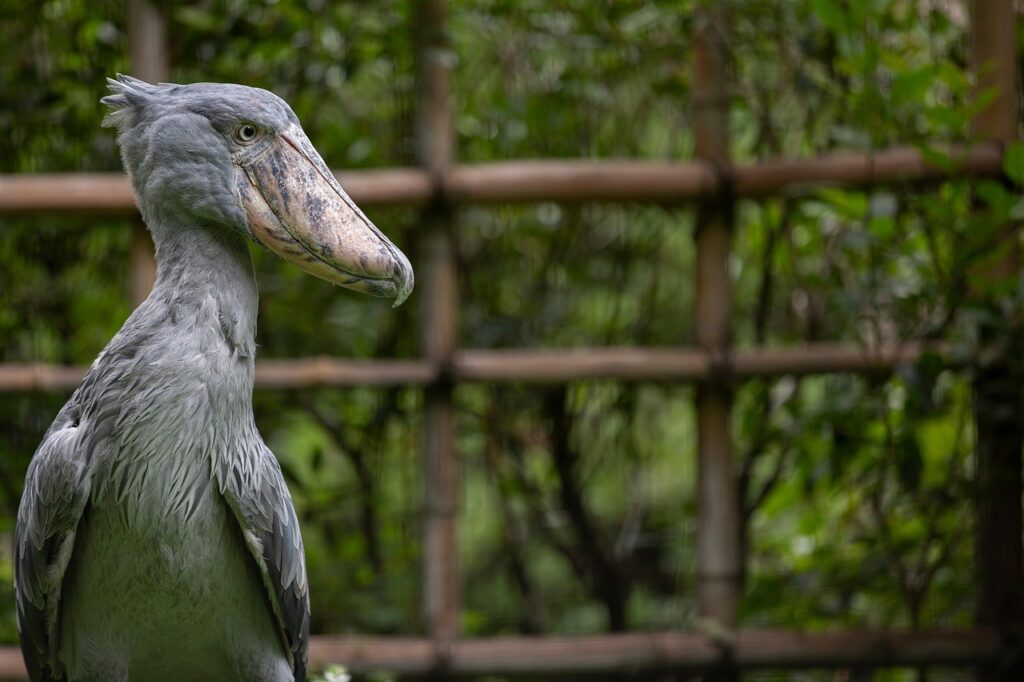
This bird isn’t your typical stork either. Despite its name, it’s not closely related to the true stork family. Instead, it has more in common with pelicans. From its massive bill to its surprisingly gentle parenting style, the Shoebill Stork offers a mix of mystery, charm, and prehistoric vibes that make it stand out in the bird world.
In this detailed guide, we’ll explore everything you need to know about this one-of-a-kind species—from its scientific classification and striking physical traits to its elusive behavior and fascinating breeding habits. Let’s dive in.
Shoebill Stork: The Dinosaur-Like Bird of African Wetlands
Scientific Classification
Let’s start with the basics. Scientifically known as Balaeniceps rex, the Shoebill is the sole member of the family Balaenicipitidae. It falls under the order Pelecaniformes, which means it shares lineage with pelicans, not traditional storks.
Here’s a quick look at its classification:
- Kingdom: Animalia
- Phylum: Chordata
- Class: Aves
- Order: Pelecaniformes
- Family: Balaenicipitidae
- Genus: Balaeniceps
- Species: B. rex
The species name “rex” literally means “king,” which is fitting for this imposing and majestic bird.
Physical Description
You can’t talk about the Shoebill without first mentioning its most iconic feature—its enormous, shoe-shaped bill. This bill can grow up to 9.4 inches (24 cm) long and 4.3 inches (11 cm) wide. It’s powerful enough to decapitate prey like fish and even small crocodiles.
The Shoebill itself is a large bird, standing between 43 to 55 inches (110 to 140 cm) tall, with a wingspan that can stretch up to 8.5 feet (260 cm). It typically weighs 8.8 to 15.4 pounds (4 to 7 kg), making it one of the heaviest flying birds in Africa.
Its plumage is mostly slate-gray with a slight bluish tint, and adults have a slight crest of shaggy feathers at the back of the head. The legs are long and dark, suited for wading through swamps. Its eyes are striking pale yellow, giving it a somewhat eerie, alert expression that many describe as “prehistoric.”
Despite its size, this bird can fly, though not for long distances. It prefers to glide and stalk quietly through its marshy territory.
Habitat and Distribution
Shoebill Storks are native to the freshwater swamps and wetlands of central tropical Africa. You’re most likely to spot them in countries like:
- South Sudan
- Uganda
- Zambia
- Democratic Republic of Congo
- Rwanda
- Tanzania
They thrive in swampy areas with dense vegetation and slow-moving water, which makes it easier for them to hunt fish and amphibians.
Their preferred habitats are papyrus swamps, floodplains, and freshwater marshes—places rich in aquatic life and difficult for humans to access, which offers some level of protection.
Behavior
If you watch a Shoebill for any amount of time, you’ll notice how still and statue-like it can be. This bird is known for its stealthy hunting behavior, standing motionless for long periods before striking with sudden speed.
Shoebills are solitary by nature and rarely seen in flocks. They are also highly territorial and will defend their chosen patch of wetland from intruders, including other Shoebills.
Their movement is slow and calculated, almost like a heron. Interestingly, Shoebills can also “clatter” their bills to communicate—especially during nesting or when interacting with mates or chicks.
They are most active during early mornings and late afternoons, using the midday heat to rest and conserve energy.
Diet
Shoebills are carnivores and highly specialized hunters. Their diet mainly consists of:
- Lungfish
- Tilapia
- Catfish
- Frogs
- Water snakes
- Young crocodiles
- Eels
- Rodents and small birds (occasionally)
The Shoebill uses a “stand and wait” technique. Once it spots prey, it lunges forward and grabs it with its powerful beak. The sharp edges of the bill help in slicing through slippery fish and other aquatic creatures.
Unlike many birds that nibble their food, Shoebills tend to decapitate larger prey before swallowing. Their digestive system can handle bones, scales, and even small amounts of mud or vegetation accidentally consumed during the hunt.
Breeding and Nesting
Breeding in Shoebills typically occurs during the dry season when water levels are lower and prey is more concentrated.
Here are some fascinating details:
- Nest: Built on floating vegetation or raised platforms within the swamp.
- Eggs: Usually 1 to 3 eggs are laid.
- Incubation: Lasts around 30 days.
- Chick Care: Though multiple eggs may hatch, usually only one chick survives, as the strongest outcompetes the others for food.
Both parents take part in incubating and feeding the chick. They bring regurgitated fish and keep the chick cool by shading it with their wings or splashing it with water using their beaks.
Fledging occurs at around 95 to 105 days, but the young may stay with the parents for a few more weeks before becoming fully independent.
Interesting Facts
- Silent Hunters: Shoebills are incredibly quiet, which makes their sudden bill-clattering and deep grunts even more surprising.
- Not True Storks: Despite the name, they’re more closely related to pelicans.
- Nicknamed “Whalehead”: In some regions, they’re known as “whalehead” due to their enormous beak.
- Endangered: The global population is estimated between 3,000 to 5,000 individuals. Habitat destruction and illegal trade pose significant threats.
- Motionless Mastery: They can stand so still for long periods that locals often mistake them for statues or even spirits in the marsh.
FAQs
1. Is the Shoebill Stork dangerous to humans?
No, Shoebills are not dangerous to humans. They are shy and avoid contact. However, they can become aggressive if their nesting area is threatened.
2. Can Shoebill Storks fly?
Yes, they can fly, but only short distances. Due to their large size, they prefer gliding rather than flapping continuously.
3. Why is the Shoebill’s beak so large?
The large beak helps them catch and consume large, slippery prey like lungfish and catfish. It also assists in tearing apart their food.
4. Are Shoebills endangered?
Yes, they are listed as Vulnerable on the IUCN Red List due to habitat loss, disturbance, and illegal pet trade.
5. Where can I see a Shoebill in the wild?
Your best chance is in the wetlands of Uganda, especially Mabamba Swamp, which is a popular birding spot for Shoebill sightings.
Conclusion
The Shoebill Stork is truly one of nature’s most remarkable and awe-inspiring birds. With its towering presence, enormous shoe-like beak, and prehistoric charm, it captures the imagination of everyone lucky enough to see it in the wild—or even in a photo.
From its quiet, calculated hunting style to its caring role as a parent, the Shoebill defies many expectations you might have about birds. Though its population faces ongoing threats from habitat destruction and human encroachment, conservation efforts and awareness are helping to preserve this fascinating species.
Whether you’re planning a birding trip to Africa or just exploring the avian world from home, learning about the Shoebill Stork opens your eyes to how wonderfully diverse and surprising nature can be. Keep it on your birdwatching bucket list—you won’t be disappointed.
